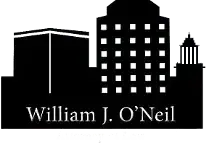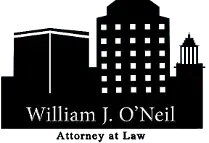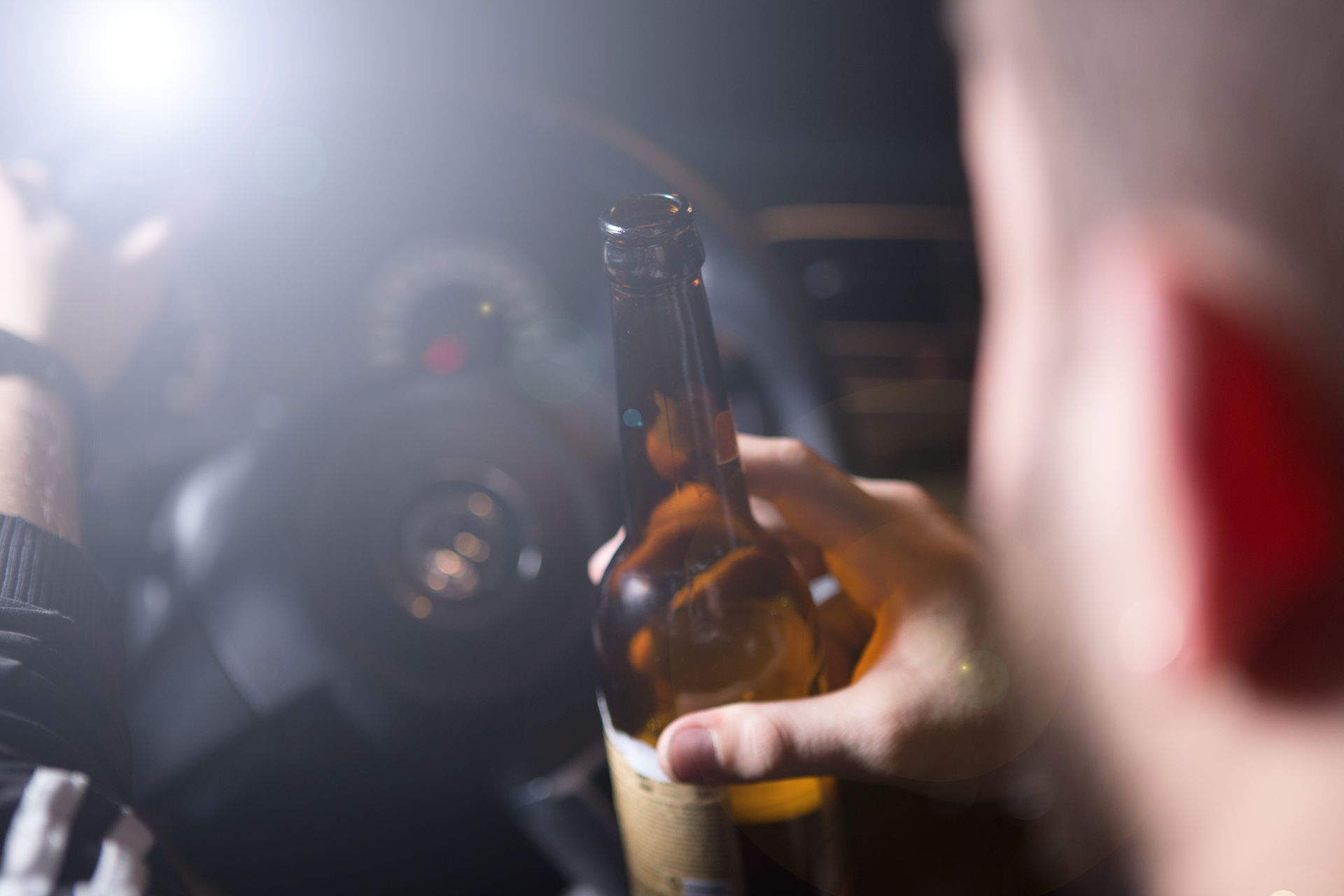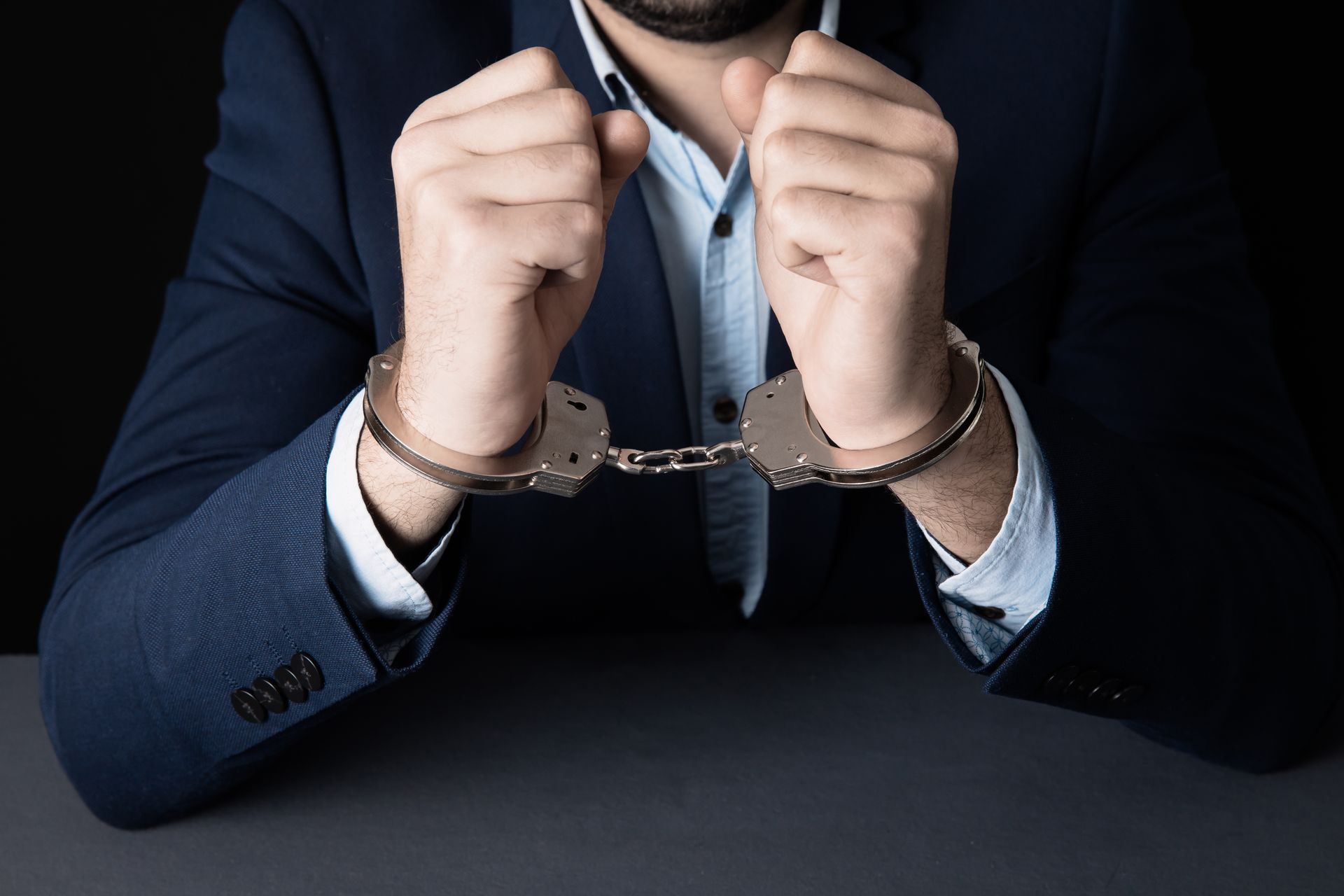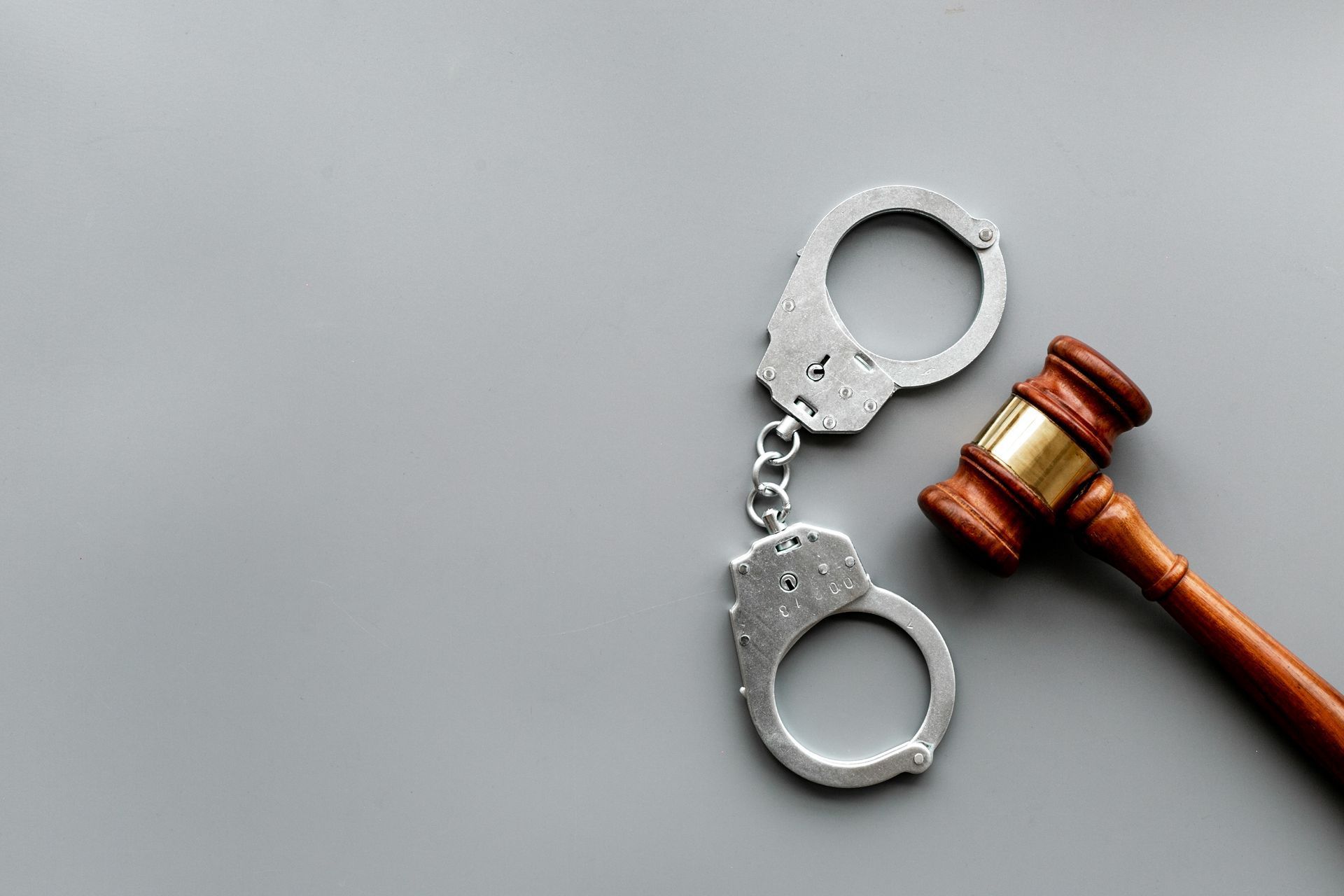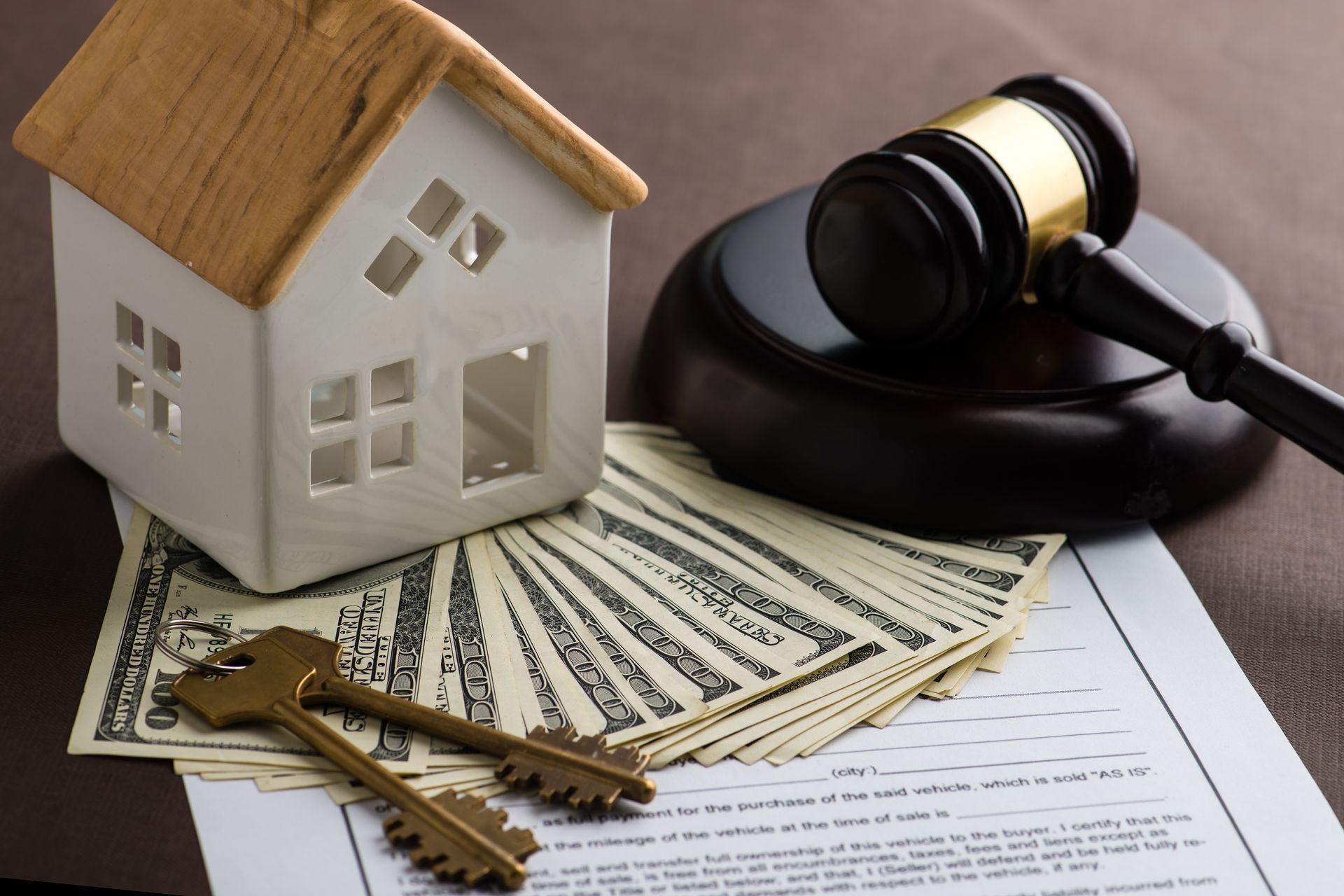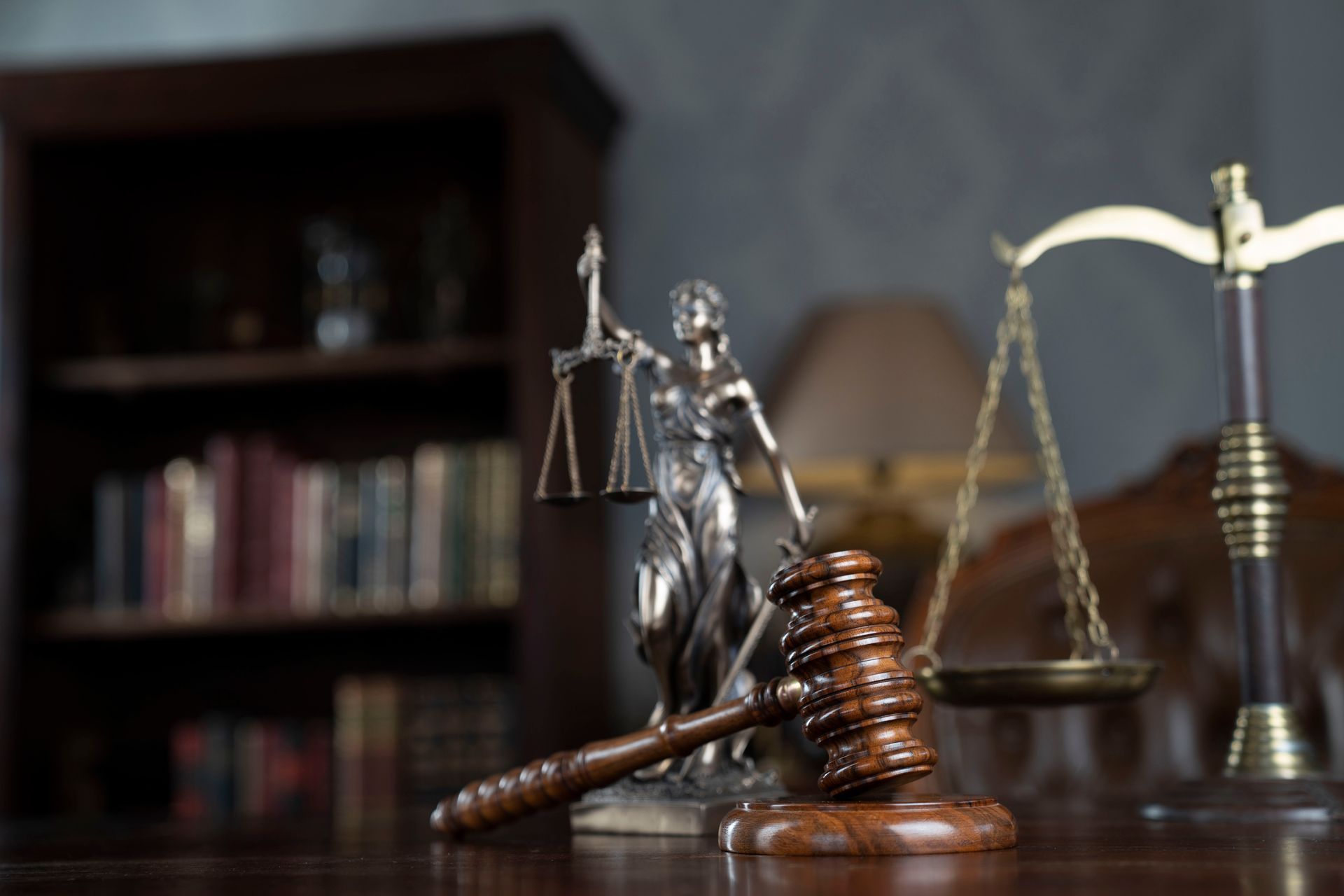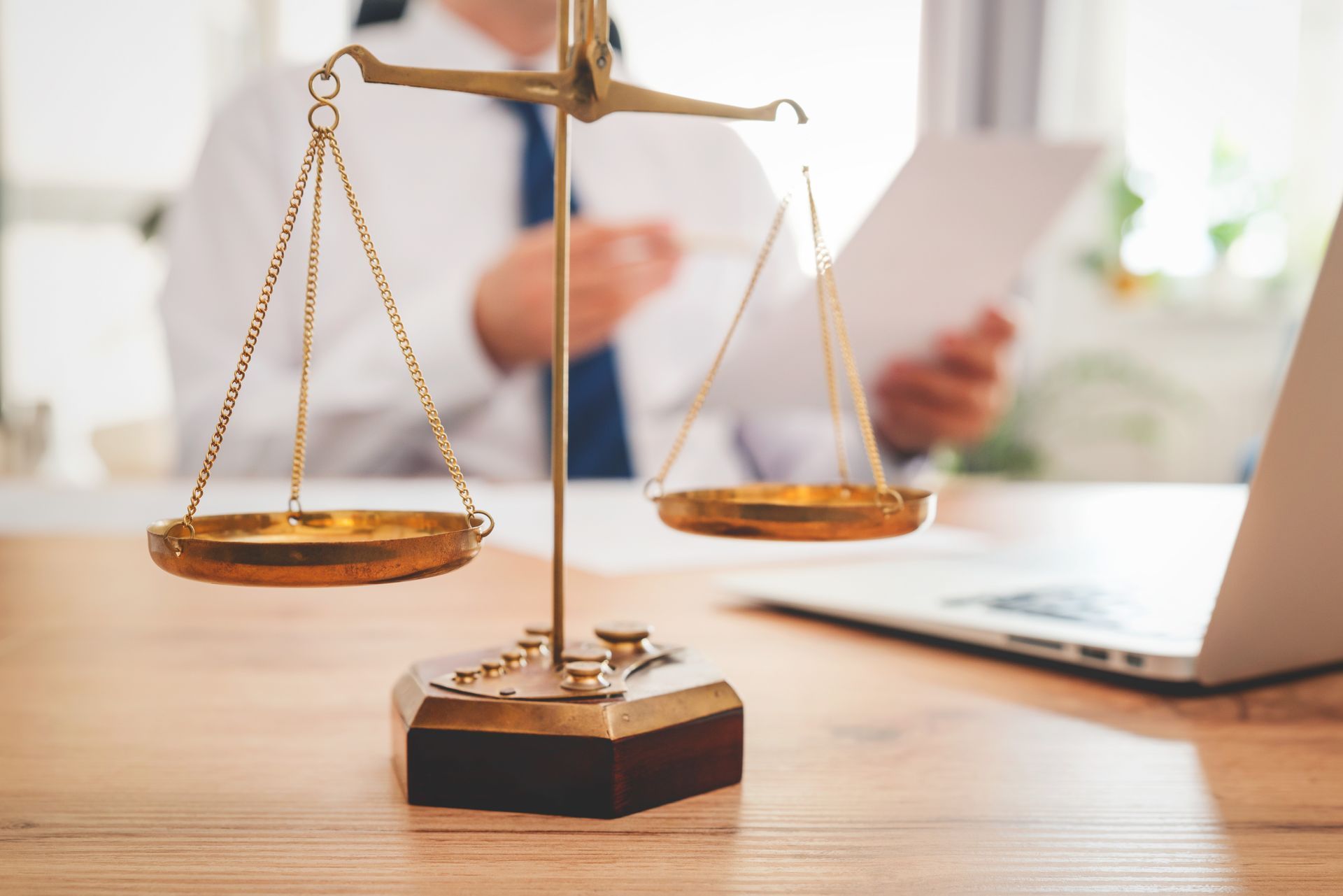What Happens During the Bankruptcy Process?
April 3, 2025
What Happens During the Bankruptcy Process?
What to Expect When Filing for Bankruptcy
Bankruptcy is a legal process designed to help individuals or businesses eliminate or repay their debts under the protection of the federal bankruptcy court. If you're considering filing, it's helpful to know what lies ahead. At The Law Office Of William J. O’Neil, we assist clients throughout East Longmeadow and the surrounding areas with every step of this process.Initial Consultation and Case Evaluation
The process usually begins with a meeting to discuss your financial circumstances, including debts, income, assets, and monthly expenses. This evaluation helps determine whether bankruptcy is a good fit for your situation and whether Chapter 7 or Chapter 13 would be more suitable. It’s also the point where necessary paperwork and documentation will be outlined.Filing the Bankruptcy Petition
Once your financial information has been gathered and reviewed, the next step is filing your bankruptcy petition with the court. This includes detailed schedules of your income, debts, assets, and financial history. Filing triggers an automatic stay, which stops most creditors from contacting you or pursuing collection efforts. Meeting of Creditors (341 Hearing)
About a month after filing, you’ll attend the Meeting of Creditors, also known as the 341 hearing. This meeting is overseen by a bankruptcy trustee, not a judge, and allows creditors to ask questions about your finances and the bankruptcy paperwork. Most of the time, creditors don’t show up, and the meeting is brief.
Trustee Review and Court Decisions
The trustee will review your case to confirm all documents are accurate and complete. If everything is in order and there are no objections, the court will move forward with discharging eligible debts in a Chapter 7 case or approving a repayment plan in a Chapter 13 case. This step may take several weeks or months, depending on the complexity of your situation.Discharge and Fresh Start
The final step is the discharge of your debts. This means you are no longer legally required to pay the debts included in your case. In Chapter 7, this happens relatively quickly, while Chapter 13 involves completing a payment plan over several years. Once the discharge is granted, you can begin rebuilding your financial future with fewer burdens.Bankruptcy can offer relief and a chance to start over. While the process involves multiple steps and legal procedures, you don’t have to go through it alone. The Law Office Of William J. O’Neil is committed to helping individuals and families in East Longmeadow pursue a better financial future with the guidance and support they need during each stage of bankruptcy.
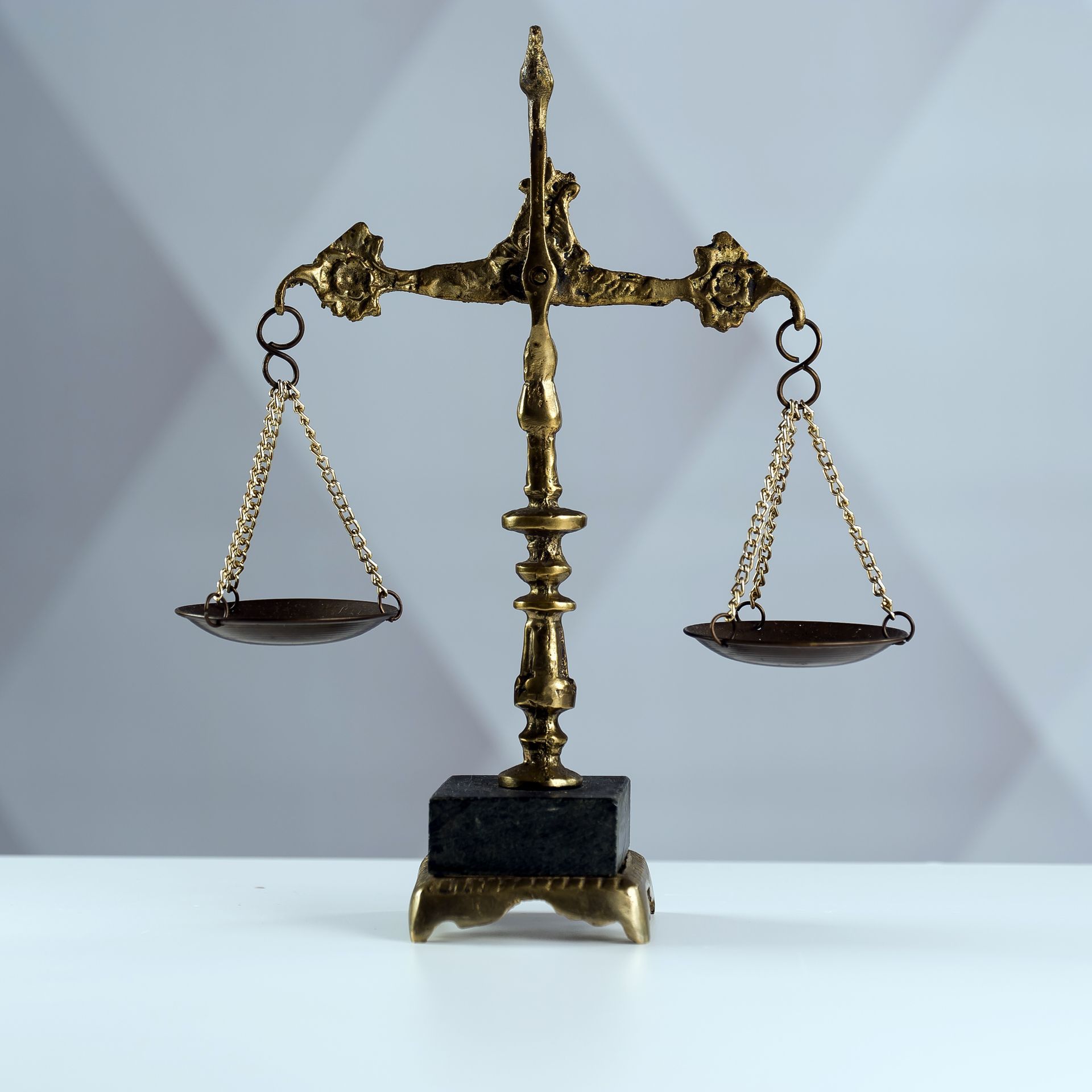
If you're facing criminal charges in East Longmeadow, MA, don't wait to take action. Learn four important reasons to speak with The Law Office Of William J. O'Neil about your case today. Flat fee pricing, free consultations, and flexible availability make it easier than ever to take that first step.
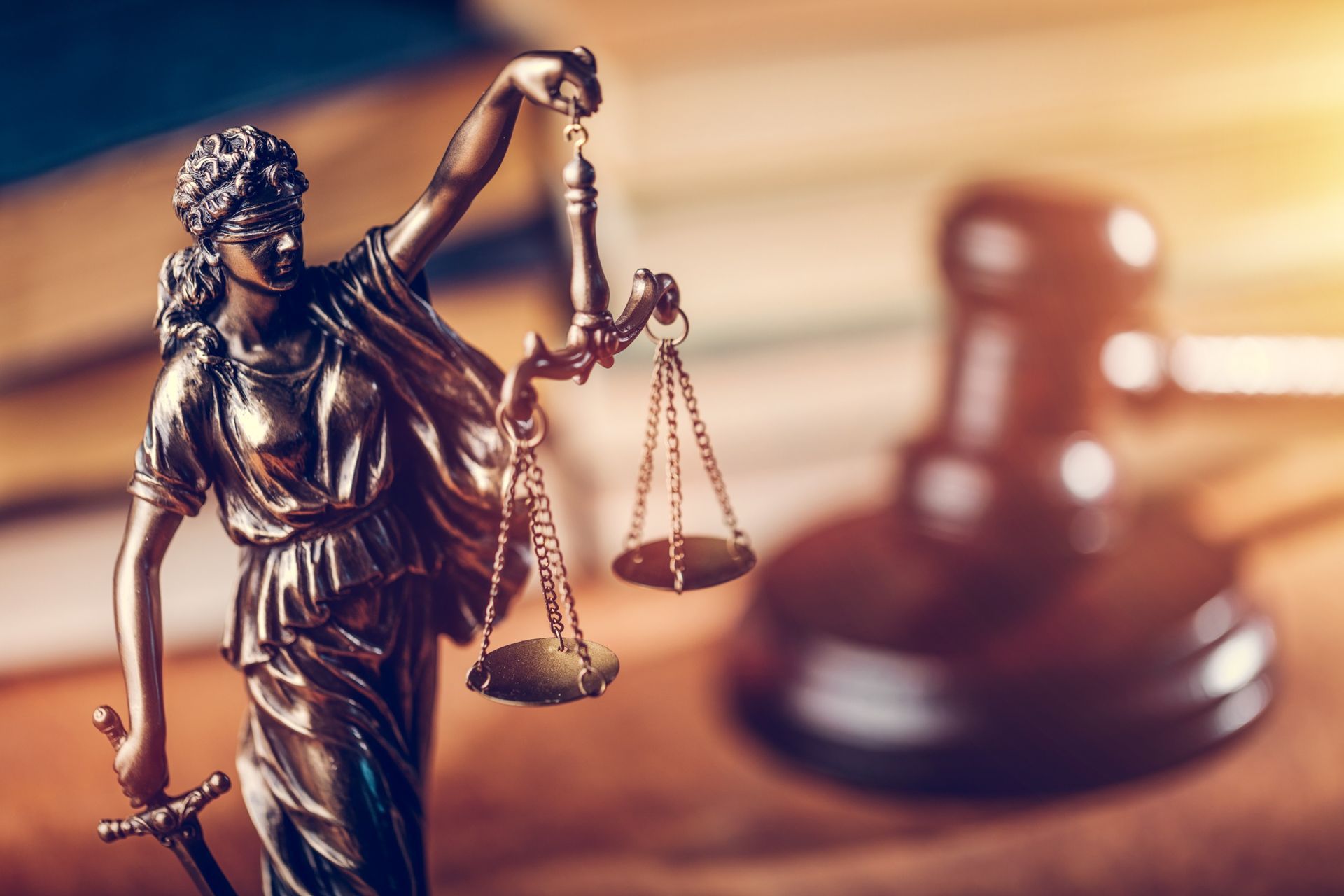
Learn the key differences between drug possession and intent to distribute charges in East Longmeadow, MA. Explore how the amount of drugs and other factors can impact your case and potential legal consequences. If you’re facing drug charges, The Law Office of William J. O’Neil is here to assist you in navigating your legal options.

Learn about which debts can and cannot be discharged in Chapter 7 bankruptcy. This blog post explains common dischargeable debts like credit card bills, medical expenses, and non-dischargeable debts like student loans and child support. Find out how filing for Chapter 7 bankruptcy can help you regain financial stability.
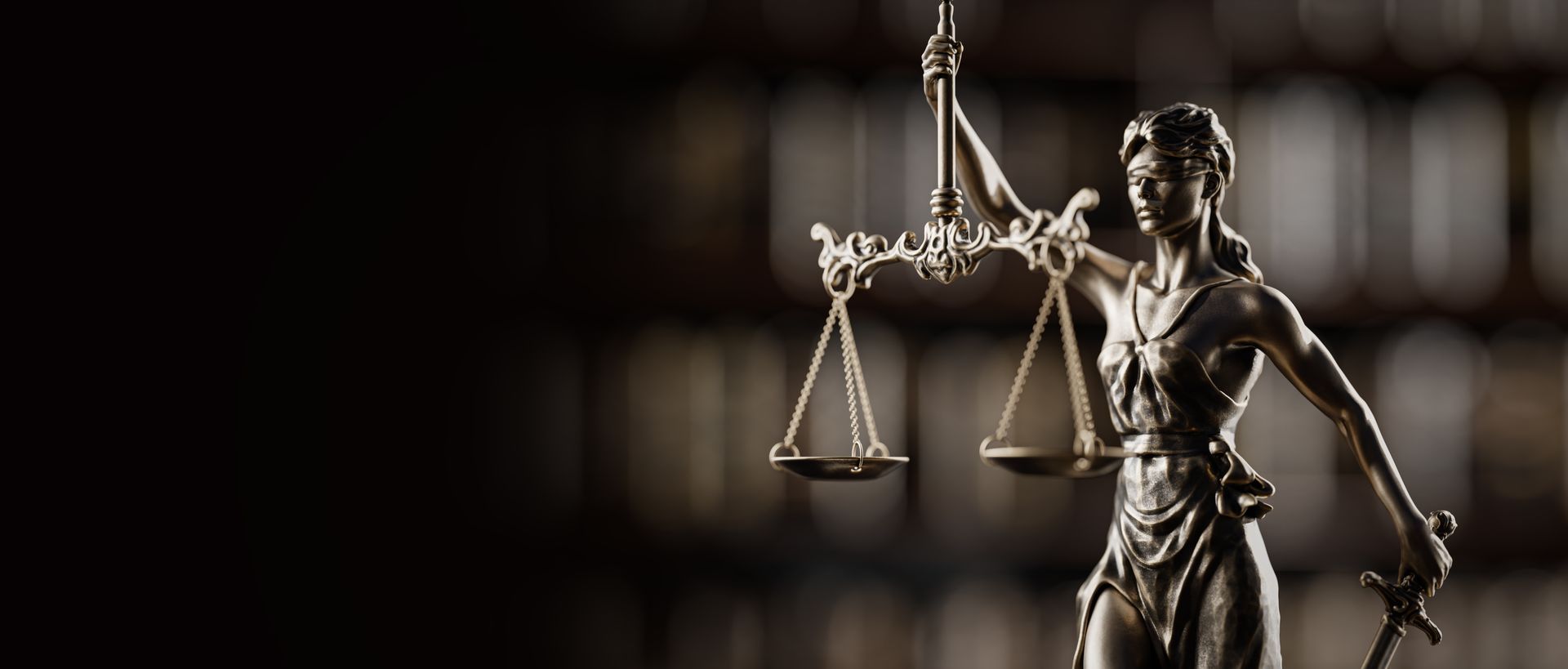
Theft is a criminal act that can significantly impact victims, communities, and perpetrators alike. However, not all theft crimes are considered equal under the law. In Massachusetts, theft offenses are categorized primarily into two groups: petty theft and grand theft. Each category carries its own legal implications, penalties, and consequences. Understanding these distinctions is crucial for residents to navigate their rights and responsibilities within the state effectively. In this blog post, we will delve into the thresholds that differentiate petty theft from grand theft in Massachusetts and explore how these classifications affect those involved.
